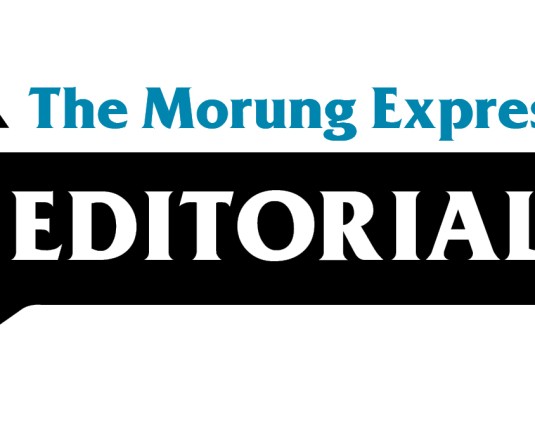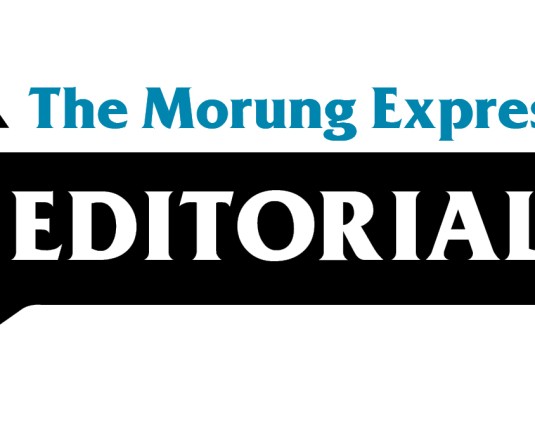
Imkong Walling
The year was 2019. The day was October 10, a day when the global community observes World Mental Health Day with the objective of mainstsreaming mental health, while doing away with the associated social stigma through education and advocacy.
As the global community, including in Nagaland, observed the day, there was a tweet from the state Chief Minister, Neiphiu Rio. The message drew attention to “mental health” and the necessity to talk about it rather than stigmatizing. “Let us create awareness, encourage early intervention & support recovery across the life course,” the CM’s message read.
Coming from a place where psychological issues are relegated to the paranormal realm and regarded no more than cursed afflictions from the netherworld, it was reassuring to note that the message came from the state government’s top office.
About two years later, in August 2021, the state saw the launch of the Nagaland Sustainable Development Goals (SDGs) 2030. The stated development goals were in line with the United Nation’s call to ending poverty, protecting planet Earth and ensuring peace and prosperity.
‘Peace’ is a broad term, as well as, a situation resulting from a cumulative of variables, among which, mental wellbeing is a must. And inserted among the more visible and talked about goals was promoting “mental health and wellbeing,” giving the impression that the state government, and the people in general, was finally coming of age when it comes to the cerebral.
But targets are only as good when they are realised. Speaking of which, there has not been much to write home about, as far as mental wellbeing is concerned, since the Nagaland SDGs 2030 was launched.
Contrary to the declared goal, the state has yet to fully commit to putting in place the required resources, including trained caregivers, even with a state-sponsored National Mental Health Programme in operation. As per the last count (as of October 2021), Nagaland has District Mental Health Programmes in only 6 out of 16 districts. The Department of Health Family Welfare has only 6 psychiatrists and unless the numbers are supplemented by new appointments, these specialists will go on to hold managerial roles in the Directorate at the expense of clinical positions.
The state has only one Mental Health Institute in Kohima, which also is far from welcoming, given that it has a condition requiring a family attendant to stay on with the patient.
There has also been no word on establishing the State Mental Health Authority and District Mental Health Review Boards, which are crucial to sustaining the mental health programme.
Meanwhile, persons with mental illness (PwMI) are made to suffer. To cite an instance, there was the case of a prison inmate, whose “mental health conditions require removal from prison,” as published in a report by The Morung Express in May 2022. But non-existent institutional redress mechanism ensured the inmate found no timely professional help. More recently, the incident in Pfutsero, where a person with an alleged mental illness killed his mother is evidence of not only lack of institutional care but also intervention programmes.
It points to not only governmental apathy, as opposed to the tall claims made on paper, and also lack of general awareness.
The writer is a Principal Correspondent at The Morung Express. Comments can be sent to imkongwalls@gmail.com





